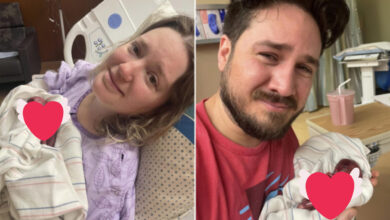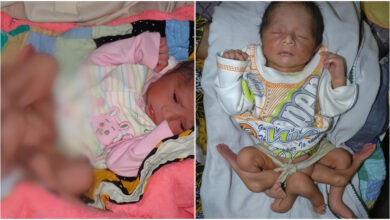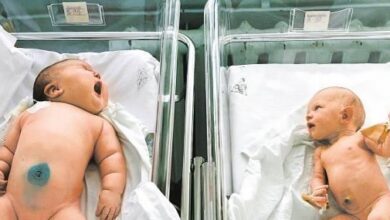Cleft lip, jaw and palate types

Depending upon which developmental defect took place and when during the pregnancy, 14 different cleft forms may occur.
The worst thing which can happen, is a complete separation of the soft and the hard palate.

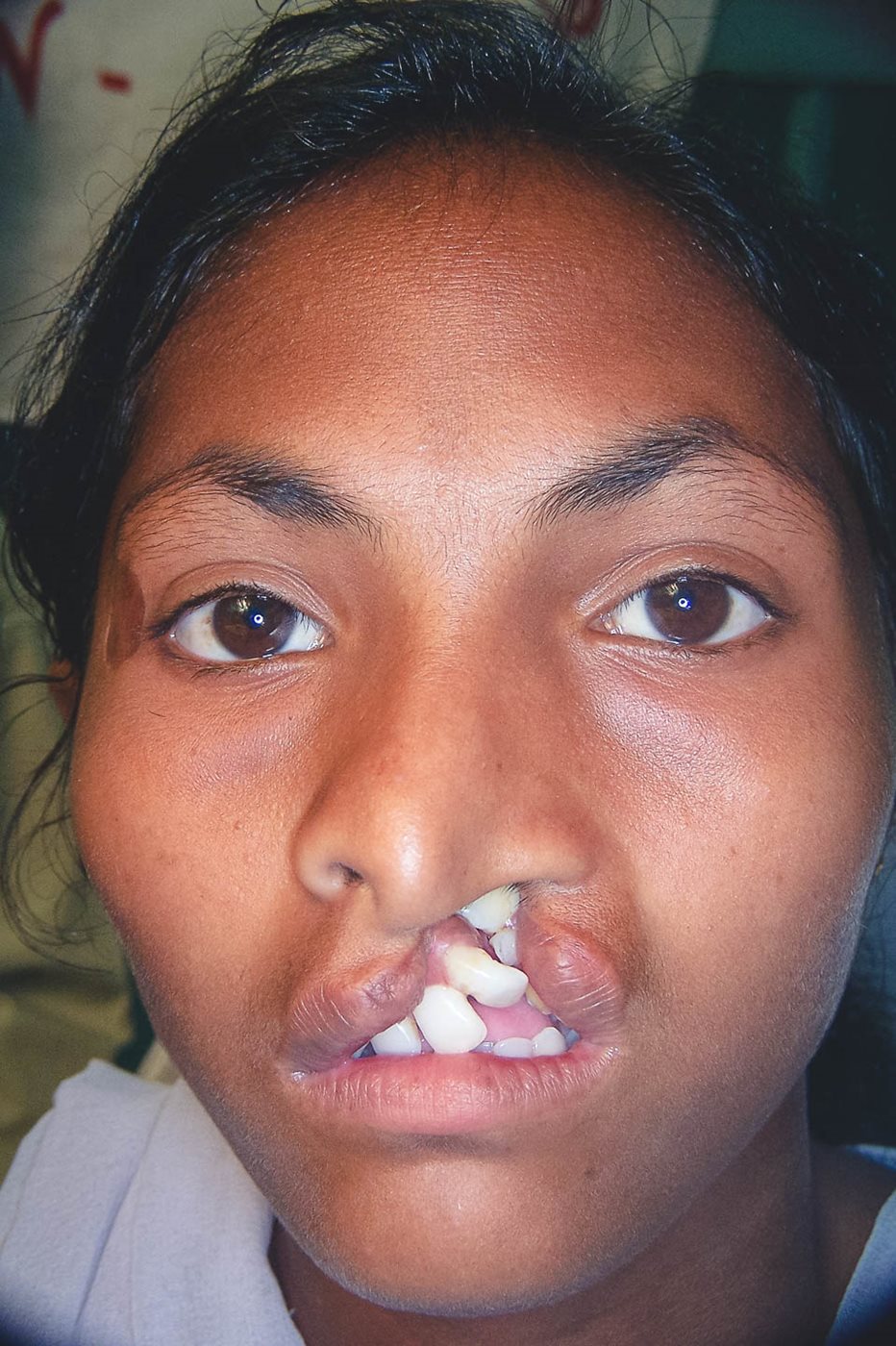
Less severe clefts occur in the primary palate. In the case of the cleft lip, part of the upper lip is affected. The cleft does not extend into the nasal opening. The unilateral lip cleft is an opening in the upper lip between the mouth and the nose. In the case of bilateral clefts, the central segment of the upper lip is isolated. This is referred to as a lip-maxilla cleft, i.e. the lip and the part of the upper jaw which normally has teeth are affected. The cleft can extend along the philtrum edge in the upper lip and along the lateral canines of the upper jaw (maxilla).
There are also clefts which affect the secondary palate: the lip-jaw-palate cleft is actually a combination of a lip-jaw cleft and a palate cleft. “That is something we often have to deal with in practice,” says Prof. Sailer. “The lowest degree of severity only involves a cleft in the uvula but it can also be a cleft across the entire soft palate. Clefts of this kind can be relatively well surgically treated.”
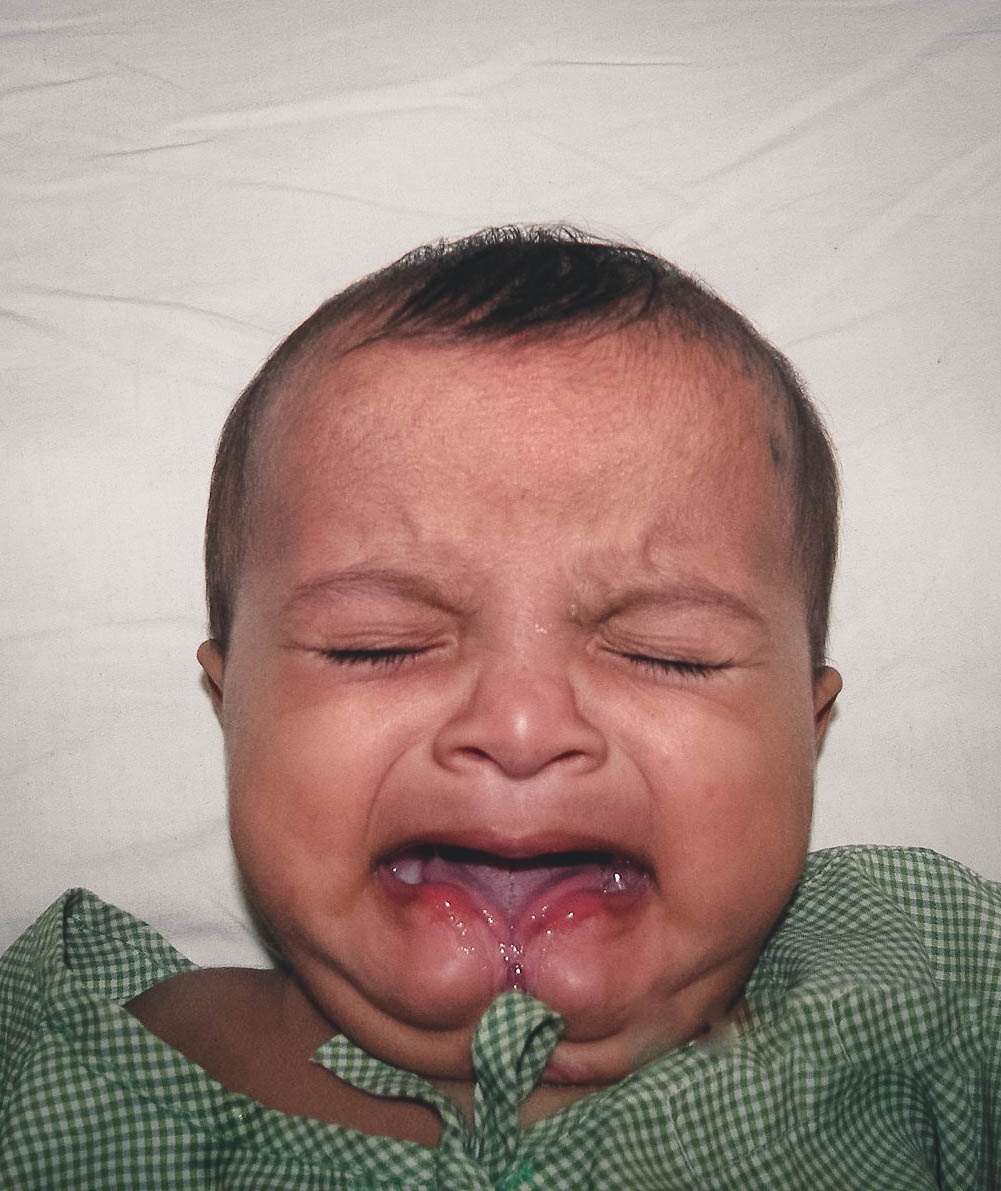
Clefts often occur unilaterally or bilaterally. The left side is more often affected although the reason for this is not known. In the case of cleft palate there are often hidden clefts (submucosal cleft palates). Although the muscles in the soft palate required for normal speech development and ear ventilation are cleft, the overlying intact mucus membrane can often hide this fact and it is often neglected.
Source: https://www.cleft-children.org/
